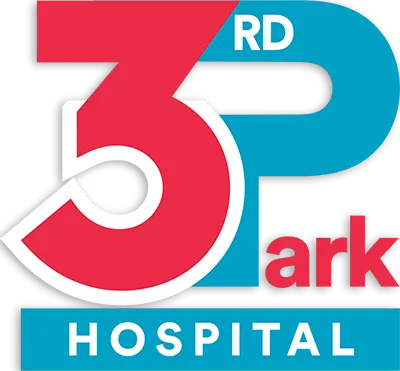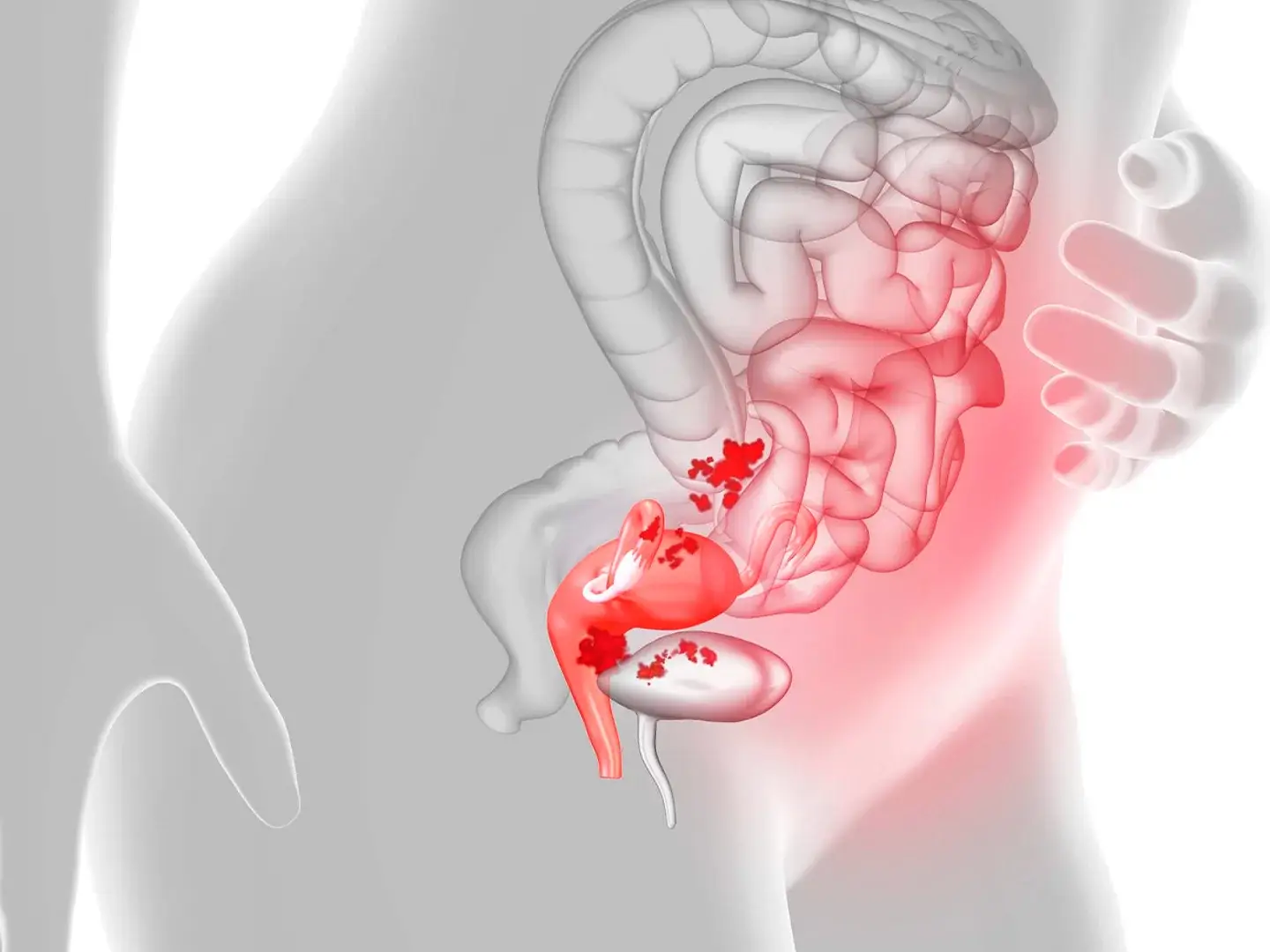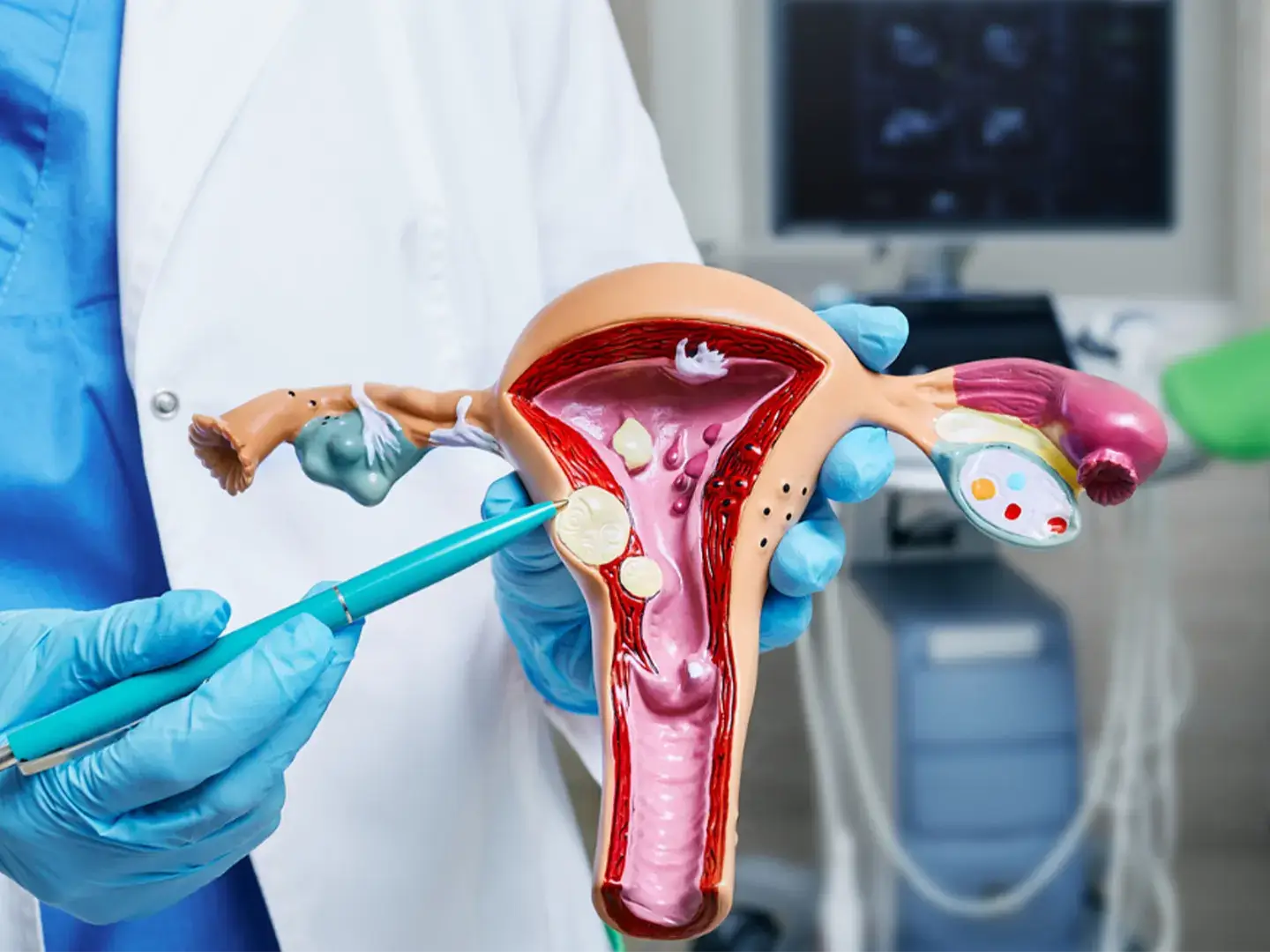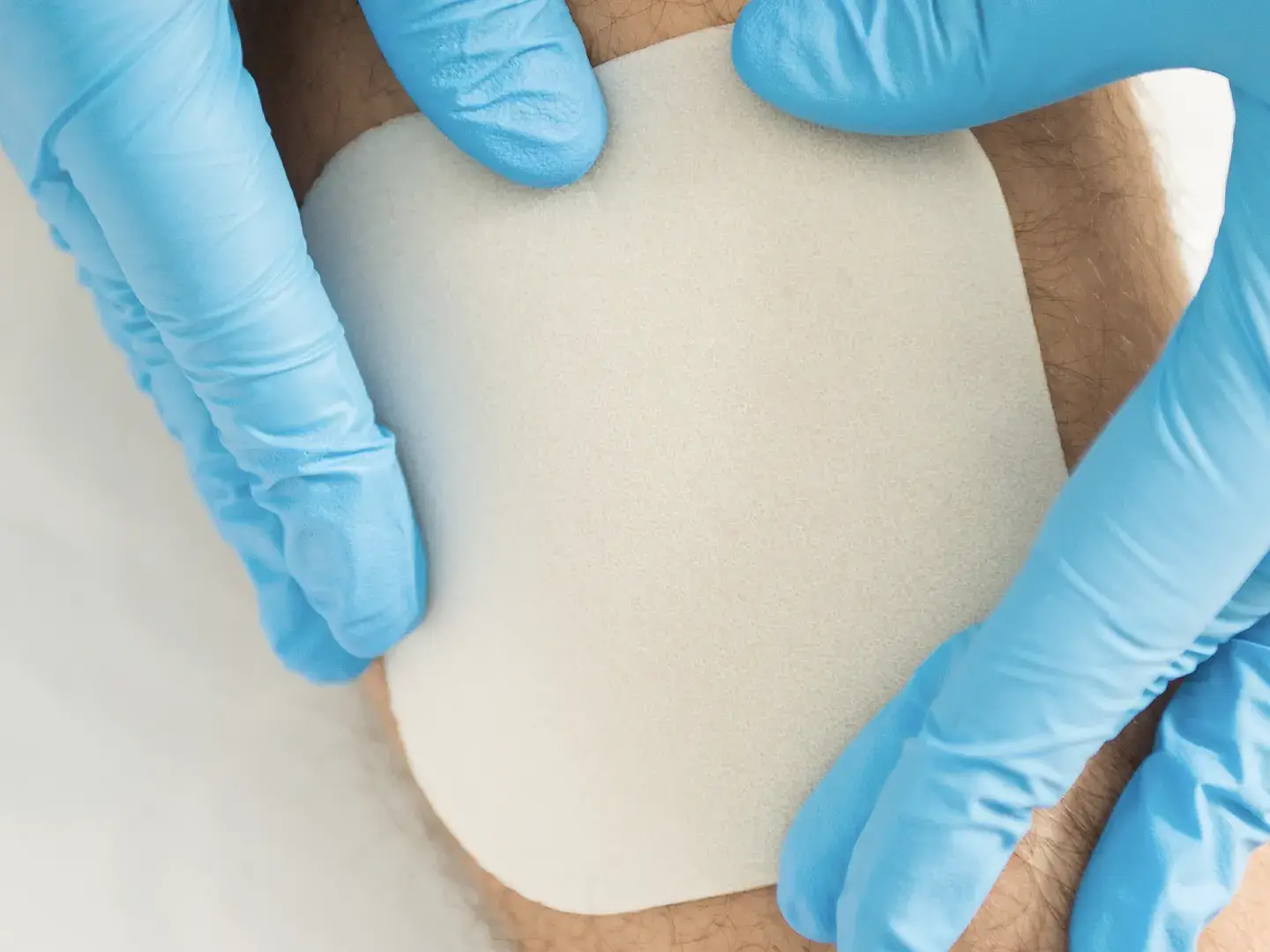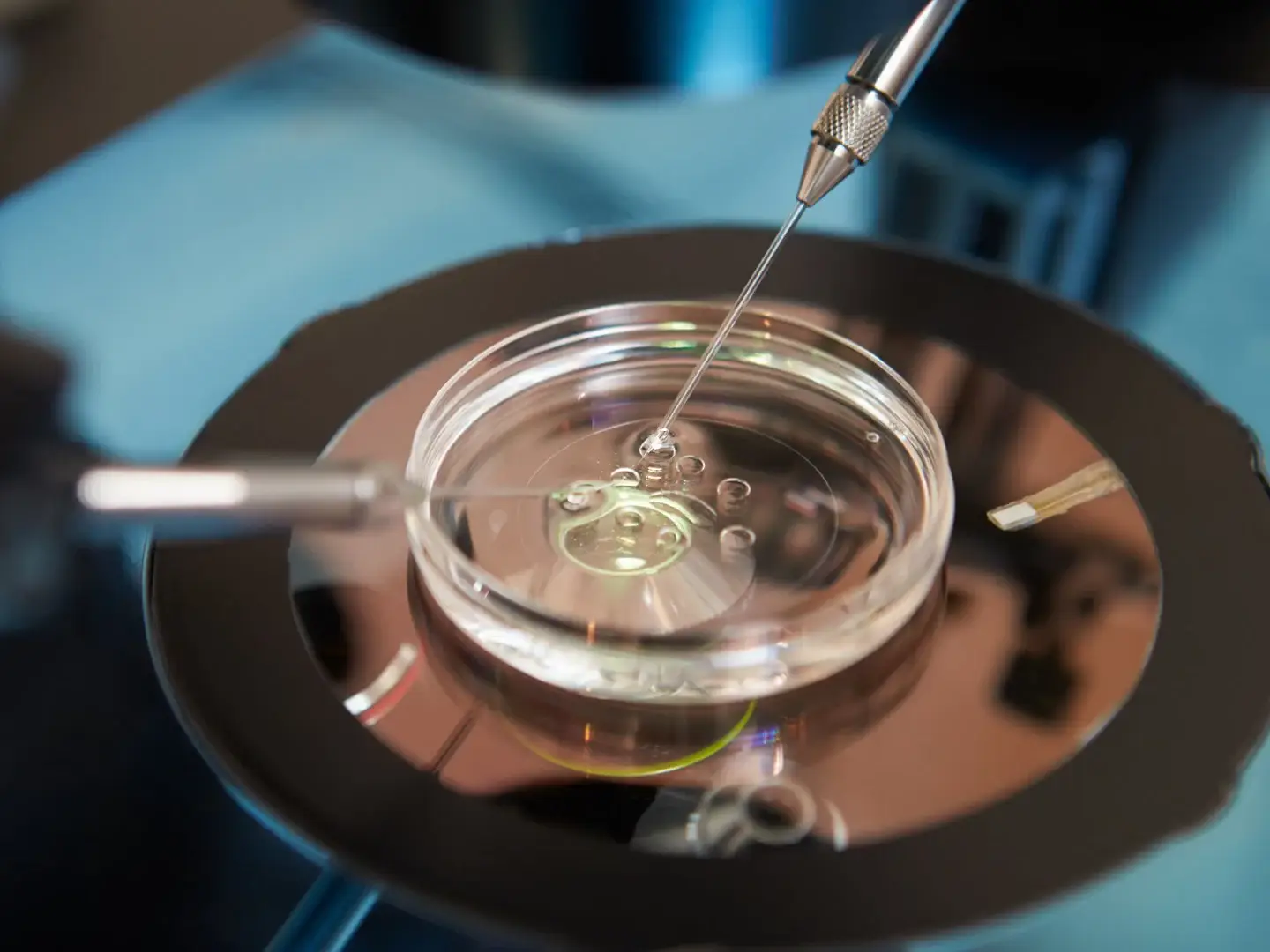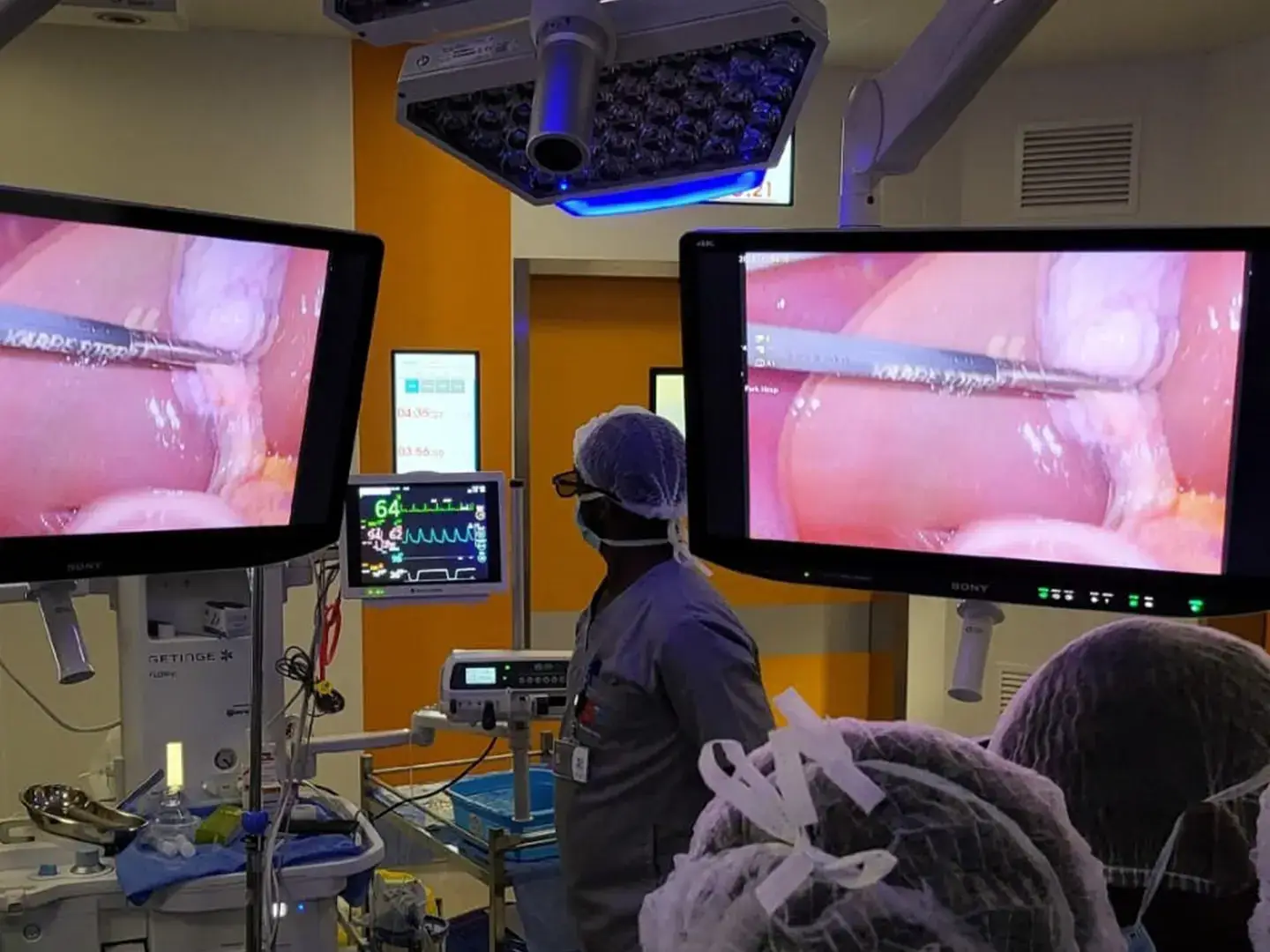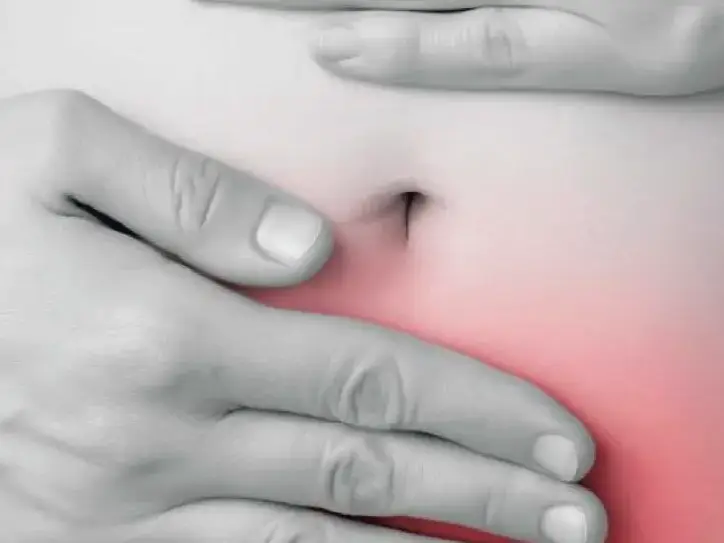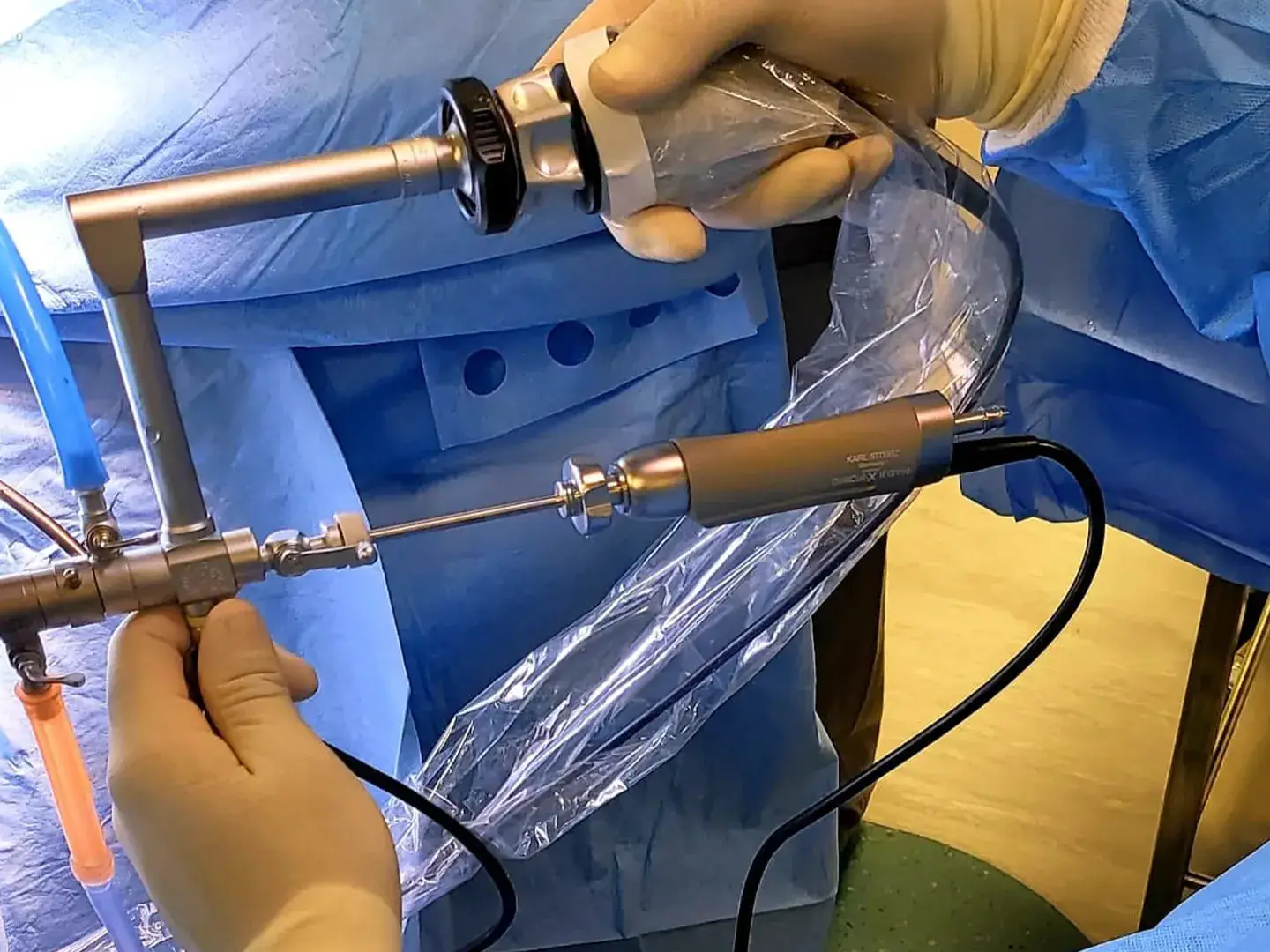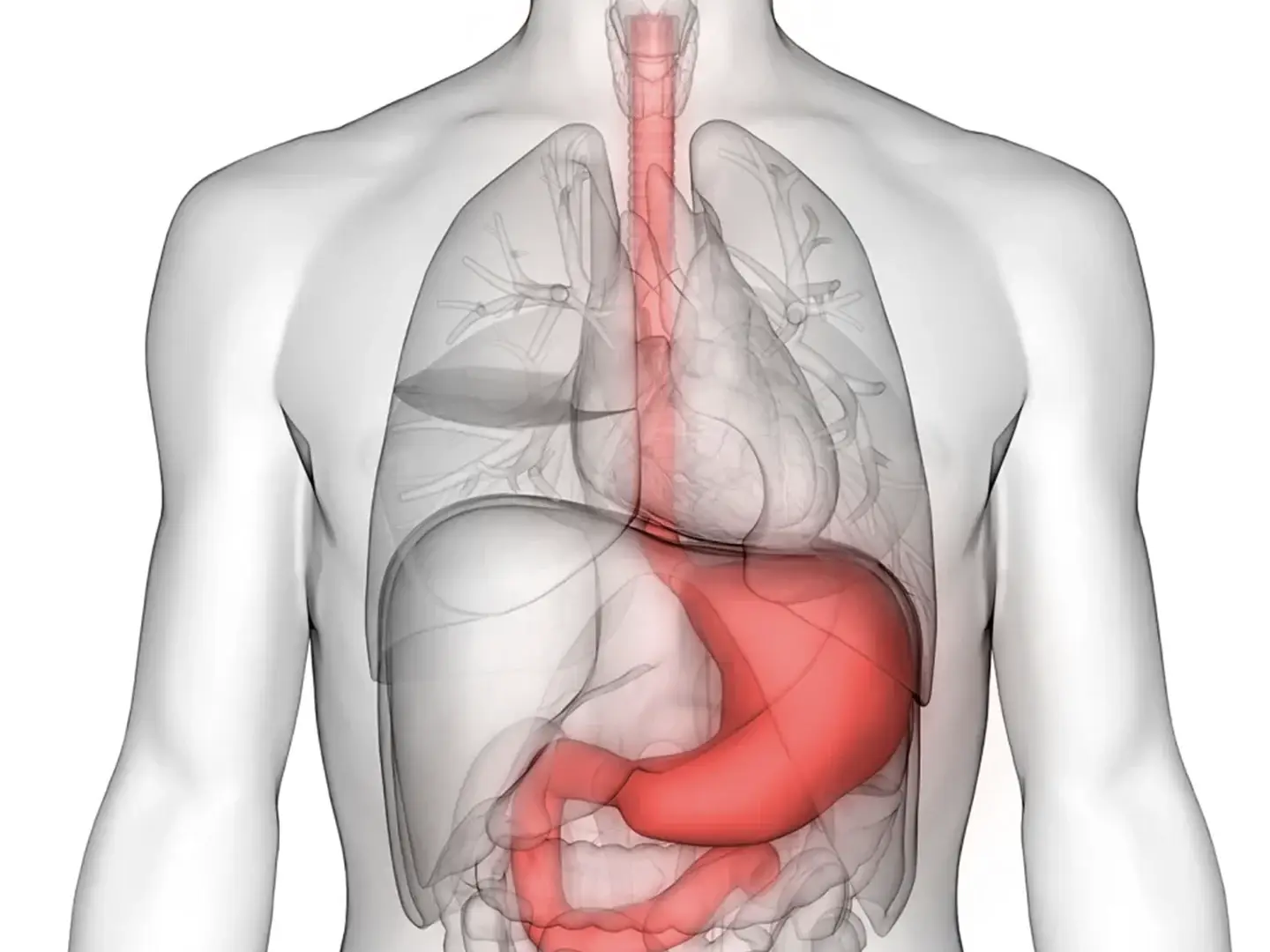Total Laparoscopic Hysterectomy (TLH)
A Total Laparoscopic Hysterectomy (TLH) is a minimally invasive gynecological surgical procedure commonly performed in Nairobi and other parts of Kenya. This procedure involves removing the uterus and cervix using a laparoscopic (keyhole) technique, which allows for smaller incisions and quicker recovery times. The uterus is then removed through the vagina.
In some cases, we may also remove the ovaries, fallopian tubes, or pelvic lymph nodes, particularly if the surgery is being conducted to treat cancer. It’s important to note that if the ovaries are removed, you may begin menopause earlier, depending on your age.
If you’re considering a TLH in Kenya, it’s crucial to consult with a qualified gynecologist who can guide you through the process and address any concerns you may have.
Why Do I Need a Hysterectomy?
There are various reasons why a woman might need a hysterectomy. These reasons can include:
- Heavy or Painful Periods: If you experience severe menstrual bleeding or pain that doesn't respond to other treatments, a hysterectomy may be recommended.
- Uterine Fibroids: These non-cancerous growths in the uterus can cause pain, pressure, and heavy bleeding, leading to the need for surgical removal.
- Pelvic Pain: Chronic pelvic pain, which can be caused by various conditions, may also necessitate a hysterectomy if other treatments have been ineffective.
- Prolapse: This occurs when the uterus slips down into or outside of the vagina, often due to weakened pelvic muscles.
- Gynecological Cancer: If you are diagnosed with cancer of the uterus, cervix, or ovaries, a hysterectomy may be necessary as part of your treatment plan.
Our doctor will discuss your specific situation with you and help determine if a hysterectomy is the best option for your health.
Preparing for Hysterectomy Surgery
Before your surgery, you’ll need to attend a pre-screening appointment to ensure you’re fit for the procedure. This appointment may be scheduled on the same day as your outpatient clinic visit or on another day.
During this pre-screening, you’ll undergo a series of tests, including blood tests and an ECG (heart recording), to assess your overall health and readiness for surgery.
After the pre-screening, you’ll be scheduled to meet with our pre-admission nurse. During this appointment, the nurse will complete the necessary nursing documentation, explain the details of your procedure, and discuss both pre-operative and post-operative care. This is also an excellent opportunity to ask any questions or share any concerns you may have about your hysterectomy surgery.
Proper preparation is key to ensuring a smooth surgical experience, and our team is here to support you every step of the way.
How is a Total Laparoscopic Hysterectomy (TLH) Performed?
A Total Laparoscopic Hysterectomy (TLH) is performed under general anesthesia, meaning you’ll be asleep throughout the procedure. Here’s what you can expect during the surgery:
- Anesthesia and Initial Preparation: A narrow plastic tube called a cannula is inserted into a vein in your arm or hand. This allows the medical team to administer fluids and medications. Once you're asleep under general anesthesia, a catheter is inserted into your bladder to drain urine during the surgery.
- Incisions and Laparoscopic Technique: A small cut, about 2 cm, is made near your navel (belly button). Your abdomen is then filled with gas to create space, and a laparoscope—an optical instrument—is inserted to view the internal organs. Two or three additional small incisions, each about 1 cm, are made on your abdomen for the insertion of other surgical instruments.
- Removal of Uterus and Cervix: The uterus and cervix are typically removed through the vagina. If your uterus is too large or the vaginal opening is too narrow, a slightly larger incision may be made on your abdomen to remove it.
- Ovaries and Fallopian Tubes: Depending on the reason for your surgery, your ovaries and fallopian tubes may or may not be removed.
- Wound Closure: After the procedure, the incisions are closed using dissolvable stitches or skin glue, which means you won’t need to have stitches removed later.
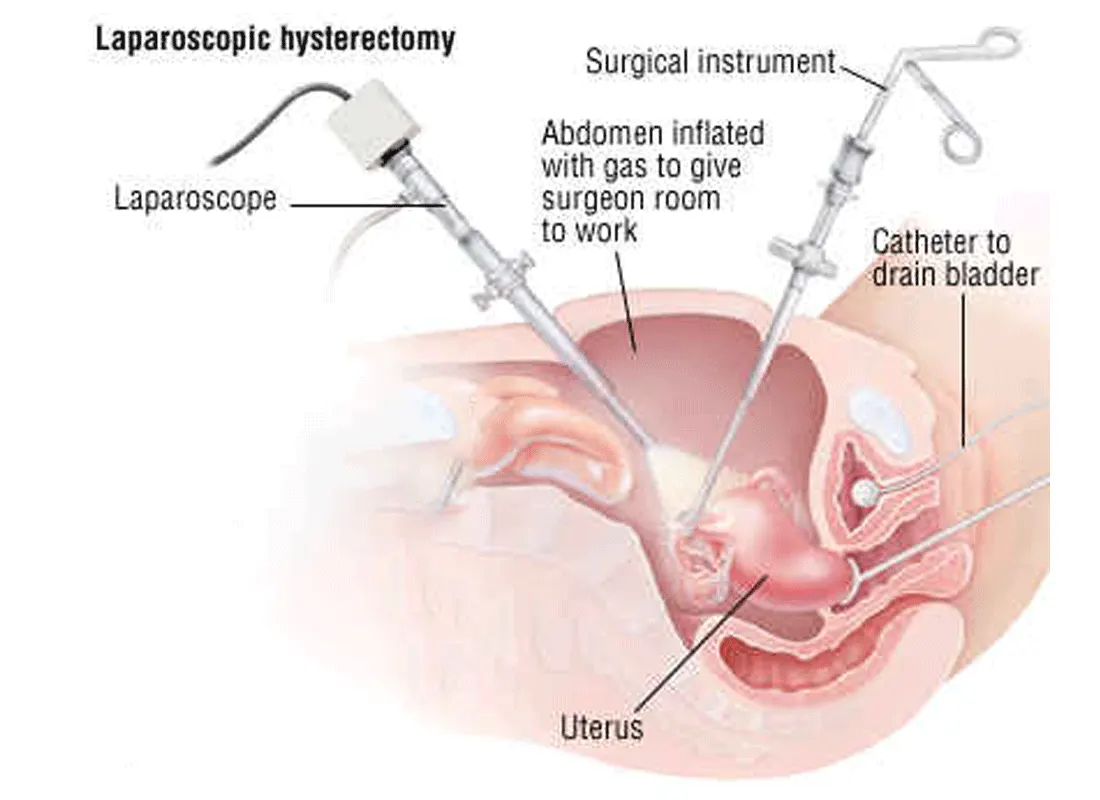
The entire procedure usually takes a minimum of 2.5 hours, but you should expect to be in the operating theatre and recovery for 3 to 4 hours in total.
If you’re undergoing TLH at our hospital in Nairobi, our surgical team will provide you with detailed instructions to ensure a smooth recovery.
Benefits of Total Laparoscopic Hysterectomy
Choosing a Total Laparoscopic Hysterectomy (TLH) over traditional open surgery offers several advantages, especially for women in Kenya. Here are some key benefits:
- Less Postoperative Pain: TLH generally results in less pain after surgery compared to a laparotomy (open surgery), making your recovery more comfortable.
- Fewer Wound Complications: The smaller incisions used in TLH reduce the risk of wound complications, such as infections or scarring.
- Lower Risk of Deep Vein Thrombosis (DVT): Since TLH allows for quicker mobilization after surgery, the risk of developing DVT is potentially lower.
- Shorter Recovery Time: Compared to a traditional open hysterectomy, TLH offers a shorter recovery period, enabling you to return to your daily activities sooner.
- Reduced Risk of Bowel or Bladder Dysfunction: The minimally invasive nature of TLH reduces the likelihood of bowel or bladder issues after surgery.
- Shorter Hospital Stay: Patients undergoing TLH typically spend less time in the hospital, allowing for a quicker return home.
These benefits make TLH an attractive option for women seeking a safer and more efficient surgical experience.
Risks and Complications of Total Laparoscopic Hysterectomy
While a Total Laparoscopic Hysterectomy (TLH) offers many benefits, it’s essential to be aware of potential risks and complications. Here’s what you need to know if you’re considering this procedure in Kenya:
Possible Side Effects After Surgery
- Pain, Swelling, and Bruising: You may experience discomfort, swelling, or bruising on your abdomen or in the vaginal area after the surgery.
- Vaginal Discharge: It's common to have some vaginal discharge following the procedure.
- Chest Infection: There's a small risk of developing a chest infection, particularly if you have underlying respiratory conditions.
- Bloated Stomach: Some patients report feeling bloated in the days following the surgery.
- Urinary Tract Infection (UTI): UTIs can occur after surgery, especially with the use of a catheter during the procedure.
- Adhesions: Adhesions, where tissues stick together, can develop after surgery, potentially causing discomfort or complications later.
Potential Complications
Complications are less common but can occur during or after the operation:
- Injury to Organs: There is a risk of injury to the bladder, ureters (the tubes connecting the kidneys to the bladder), bowel, or blood vessels. In some cases, additional surgery may be required to address these injuries.
- Blood Loss: Significant blood loss during surgery may necessitate a blood transfusion.
- Anaesthetic Risks: While anaesthetics are generally safe, there is a small risk of complications, especially if you have other medical conditions or an unexpected reaction to the anaesthesia.
- Blood Clots (Thrombosis): There is a risk of developing blood clots in the legs (Deep Vein Thrombosis, DVT) or lungs (Pulmonary Embolism, PE). Preventative measures will be discussed with you before surgery.
- Infections: There is a possibility of developing infections, including urinary, chest, wound, or intra-abdominal infections.
Important Note: These risks are uncommon, but it’s crucial to discuss them with your doctor before the surgery. They will help you understand the likelihood of these risks in your specific case and ensure you are well-prepared for the procedure.
Recovery After a Total Laparoscopic Hysterectomy
Recovery from a Total Laparoscopic Hysterectomy (TLH) is a gradual process, and it’s important to take good care of yourself as your body heals. Here’s what you can expect and how to manage your recovery if you’ve undergone the procedure in Kenya:
Managing Abdominal Discomfort
- Wind Pains: It's common to experience abdominal discomfort, such as 'wind pains,' due to the medical air used during surgery. This pain should subside within a few days. Drinking peppermint cordial in warm water, staying mobile, and passing gas can help alleviate this discomfort.
Vaginal Bleeding
- Bleeding and Spotting: You may have some vaginal bleeding for up to three weeks or intermittent spotting for several weeks. It's advisable to use sanitary pads instead of tampons during this time.
- When to Seek Help: If you experience fresh bleeding or notice an offensive-smelling discharge after leaving the hospital, it's important to contact your GP or healthcare provider promptly.
Caring for Your Incisions
- Dissolvable Stitches: The stitches at the top of your vagina are dissolvable and won't need to be removed. They will gradually dissolve on their own.
- Feminine Hygiene: Maintaining good hygiene is crucial to prevent infection. Daily showers or baths are recommended to keep the area clean.
Dealing with Fatigue and Emotional Recovery
- Fatigue: It's normal to feel more tired than usual after your surgery. Rest is essential, so listen to your body and take breaks as needed.
- Emotional Impact: A hysterectomy can be emotionally challenging, and it's not uncommon to feel tearful or emotional in the days following the surgery. Give yourself time to adjust and recover emotionally.
Overall Recovery Timeline
- Recovery Period: While some women may feel better within a few weeks, it's important to allow up to six weeks for a full recovery. Remember that recovery times can vary from person to person, so be patient with yourself as you heal.
By following these guidelines and staying in close contact with your gynecologist, you can ensure a smooth and successful recovery after your TLH procedure.
Specialized Medical Services in Kenya
Explore our services
Adenomyosis Treatment
Adenomyosis is a chronic painful condition, with growth of the inner layer of the uterus (aka…
Uterine Fibroids
Uterine Fibroids (also called Leiomyomas or Myomas) are a common type of noncancerous (benign)…
Wound Care Specialist Services
Wounds that are not managed well cause a lot of complications. At our hospital in Nairobi, we…
Infertility and IVF with PGS
We can help you make dreams of parenthood become a reality. Our state-of-the-art fertility facility…
General Surgery
General Surgery includes a core knowledge of anatomy, physiology, metabolism, immunology,…
Interventional Pain Management
Interventional Pain Management is a "discipline of medicine devoted to the diagnosis and treatment…
Male Circumcision
Male Circumcision in Kenya is the surgical removal of the foreskin covering the tip of the penis.…
Gynaecology Surgeries
Gynaecology is a medical specialty that focuses on the female reproductive system, including the…
Gastroenterology and Endoscopic Procedures
Our gastroenterology services cover a range of conditions affecting the digestive system. We offer…
